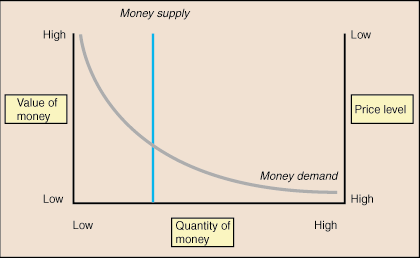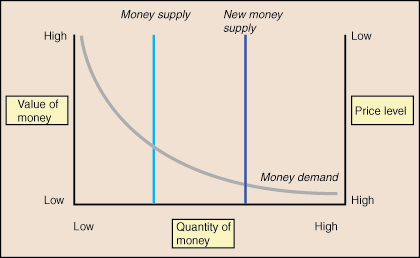Please wait while we process your payment
If you don't see it, please check your spam folder. Sometimes it can end up there.
If you don't see it, please check your spam folder. Sometimes it can end up there.
Please wait while we process your payment

By signing up you agree to our terms and privacy policy.
Don’t have an account? Subscribe now
Create Your Account
Sign up for your FREE 7-day trial
By signing up you agree to our terms and privacy policy.
Already have an account? Log in
Your Email
Choose Your Plan
Individual
Group Discount
Save over 50% with a SparkNotes PLUS Annual Plan!
 payment page
payment page
Purchasing SparkNotes PLUS for a group?
Get Annual Plans at a discount when you buy 2 or more!
Price
$24.99 $18.74 /subscription + tax
Subtotal $37.48 + tax
Save 25% on 2-49 accounts
Save 30% on 50-99 accounts
Want 100 or more? Contact us for a customized plan.
 payment page
payment page
Your Plan
Payment Details
Payment Summary
SparkNotes Plus
You'll be billed after your free trial ends.
7-Day Free Trial
Not Applicable
Renews July 15, 2025 July 8, 2025
Discounts (applied to next billing)
DUE NOW
US $0.00
SNPLUSROCKS20 | 20% Discount
This is not a valid promo code.
Discount Code (one code per order)
SparkNotes PLUS Annual Plan - Group Discount
Qty: 00
SparkNotes Plus subscription is $4.99/month or $24.99/year as selected above. The free trial period is the first 7 days of your subscription. TO CANCEL YOUR SUBSCRIPTION AND AVOID BEING CHARGED, YOU MUST CANCEL BEFORE THE END OF THE FREE TRIAL PERIOD. You may cancel your subscription on your Subscription and Billing page or contact Customer Support at custserv@bn.com. Your subscription will continue automatically once the free trial period is over. Free trial is available to new customers only.
Choose Your Plan
This site is protected by reCAPTCHA and the Google Privacy Policy and Terms of Service apply.
For the next 7 days, you'll have access to awesome PLUS stuff like AP English test prep, No Fear Shakespeare translations and audio, a note-taking tool, personalized dashboard, & much more!
You’ve successfully purchased a group discount. Your group members can use the joining link below to redeem their group membership. You'll also receive an email with the link.
Members will be prompted to log in or create an account to redeem their group membership.
Thanks for creating a SparkNotes account! Continue to start your free trial.
We're sorry, we could not create your account. SparkNotes PLUS is not available in your country. See what countries we’re in.
There was an error creating your account. Please check your payment details and try again.
Please wait while we process your payment

Your PLUS subscription has expired
Please wait while we process your payment
Please wait while we process your payment

Problems 2
Problem : Describe the money market.
The supply of money in the money market comes from the Fed. The Fed has the power to adjust the money supply by increasing or decreasing the number of bills in circulation. Nobody else can make this policy decision. The demand for money in the money market comes from consumers. In general, consumers need money to purchase goods and services. The value of money and the price level are ultimately determined by the intersection of the money supply, as controlled by the Fed, and money demand, as created by consumers.Problem : Draw a diagram depicting the money market.

Problem : Describe what happens to the value of money and the money market when the Fed increases the money supply. Diagram the change.

Problem : Describe the quantity theory of money.
The quantity theory of money states that the value of money is based on the quantity of money in the economy. Thus, according to the quantity theory of money, when the Fed increases the money supply, the value of money falls and the price level increases.Problem : How are the velocity of money, the money supply, and the nominal GDP related?
The relationship between velocity, money supply, price level, and nominal GDP is represented by the equation M * V = P * Y where M is the money supply, V is the velocity, P is the price level, and Y is the quantity of output. P * Y, the price level multiplied by the quantity of output, gives the nominal GDP. The equation for the velocity of money can be converted to a percentage change formula for easier calculations. In this case, the equation becomes (percent change in the money supply) + (percent change in velocity) = (percent change in the price level) + (percent change in output).Please wait while we process your payment

